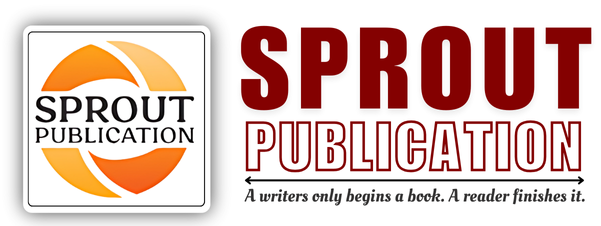Chapter 20: Luminescence Immunoassays
Chapter 20: Luminescence Immunoassays
Author: Mrs. Shaily Goyal
Volume: 01
First Online: 31 August 2024
Pages: 319-328
DOI:
Abstract
Luminescence immunoassays (LIA) are highly sensitive analytical techniques that use luminescent labels to detect and quantify specific antigens or antibodies in a sample. The principle of luminescence involves the emission of light by a substance when it returns from an excited state to its ground state. In LIAs, the target antigen or antibody is labeled with a luminescent molecule, such as a chemiluminescent or bioluminescent compound, which emits light upon a specific chemical reaction. The procedure typically involves immobilizing a capture antibody on a solid surface, adding the sample containing the target antigen, and then introducing a detection antibody conjugated with a luminescent label. After washing away unbound components, a substrate is added to trigger the luminescent reaction, and the emitted light is measured using a luminometer. Figures of LIAs often depict the assay steps, including antigen capture, luminescent labeling, and light emission. The main advantage of LIAs is their exceptional sensitivity, often allowing detection of very low concentrations of analytes. They also provide rapid and quantitative results, and the light emission can be measured in real-time. Additionally, luminescent labels generally have a high signal-to-noise ratio, enhancing assay accuracy. LIAs are widely used in clinical diagnostics for detecting hormones, proteins, and infectious agents. They are also valuable in pharmaceutical research for highthroughput screening of drug candidates and in environmental testing to detect contaminants. The high sensitivity, specificity, and rapid turnaround time of LIAs make them invaluable tools in both research and diagnostic laboratories.
Keywords: Luminescence Immunoassays (LIA), Analytical techniques, Luminescent labels, Antigen detection, Antibody detection, Light emission

